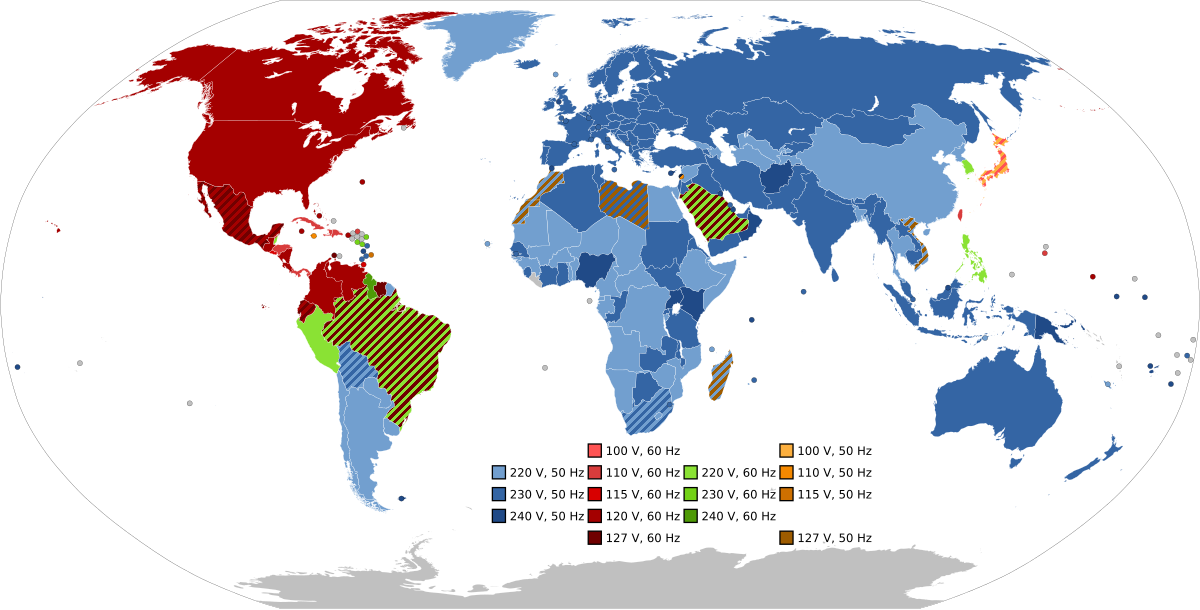ProfessorZoom751
New Member
- Joined
- Mar 22, 2025
- Messages
- 9 (0.07/day)
Hey. First of all, I would like to say hello as a new user of this forum.
Does anyone have any information about the XFX XTS² 1200W power supply? I've found very little and very contradictory information about this PSU online - some say it's 80+ Platinum certified, others say it's 80+ Titanium certified. Both of these are confirmed by a photo of the nameplate, and my unit also has the 80+ Titanium certificate on the nameplate. But I haven't found any more detailed information about this PSU. Even the manufacturer doesn't really brag about this model.
The information from chatGPT wasn't very helpful, and I don't want to blindly believe everything I read there.
Regards.
Does anyone have any information about the XFX XTS² 1200W power supply? I've found very little and very contradictory information about this PSU online - some say it's 80+ Platinum certified, others say it's 80+ Titanium certified. Both of these are confirmed by a photo of the nameplate, and my unit also has the 80+ Titanium certificate on the nameplate. But I haven't found any more detailed information about this PSU. Even the manufacturer doesn't really brag about this model.
The information from chatGPT wasn't very helpful, and I don't want to blindly believe everything I read there.
Regards.




 And there is no mention at all of PSUs on their
And there is no mention at all of PSUs on their 